 Most people experiencing dizziness also feel vertigo… like the room is spinning.
Most people experiencing dizziness also feel vertigo… like the room is spinning.
But Persistent Postural-Perceptual Dizziness (PPPD) is a chronic condition marked by non-spinning dizziness, unsteadiness, or perceptual imbalance that worsens when standing, walking, or exposed to complex visual stimuli.
Symptoms persist for months, and physical tests often reveal little despite real suffering.
A new review by Qin and colleagues (2025) digs into what might be going wrong in PPPD.
Traditionally, PPPD has been thought to arise from altered postural control, but the paper expands the picture.
It brings in how visual processing, emotional threat or anxiety, sensory integration, and brain network changes may all contribute.
Here are some key findings:
-
• People with PPPD tend to favor visual and body-sense information over inner-ear (vestibular) cues for balance, even when those other cues are less accurate.
• Postural control becomes “stiff” and less adaptive; people stay in protective or hypervigilant body postures long after any triggering event has passed.
• Brain imaging suggests abnormal activity or connectivity in regions involved in threat/emotion, spatial orientation, and multisensory integration.
• The balance between sensory inputs seems disturbed: the brain may over-rely on vision, under-tune vestibular signals, or mis-weigh signals overall. Visual motion, moving scenes, and upright posture are big triggers.
The review highlights how anxiety, threat perception, and past vestibular insults may prime the brain to anticipate danger or pay heightened attention to visual and spatial cues.
This feedback loop makes symptoms worse.

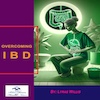 Overcoming IBD
Overcoming IBD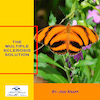 Multiple Sclerosis
Multiple Sclerosis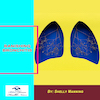 Banishing Bronchitis
Banishing Bronchitis Gum Disease Gone
Gum Disease Gone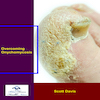 Overcoming Onychomycosis
Overcoming Onychomycosis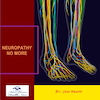 Neuropathy No More
Neuropathy No More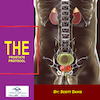 The Prostate Protocol
The Prostate Protocol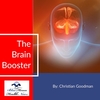 Brain Booster
Brain Booster
 Ironbound
Ironbound
 Solution for Shingles
Solution for Shingles
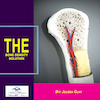 The Bone Density Solution
The Bone Density Solution
 The Ultimate Healing Protocol
The Ultimate Healing Protocol
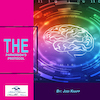 The Parkinson's Protocol
The Parkinson's Protocol
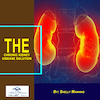 The Chronic Kidney Disease Solution
The Chronic Kidney Disease Solution
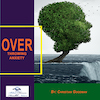 Overthrowing Anxiety
Overthrowing Anxiety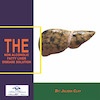 The Fatty Liver Solution
The Fatty Liver Solution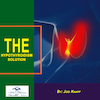 The Hypothyroidism Solution
The Hypothyroidism Solution
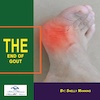 The End of Gout
The End of Gout The Blood Pressure Program
The Blood Pressure Program
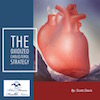 The Oxigized Cholesterol Strategy
The Oxigized Cholesterol Strategy
 Stop Snoring And Sleep Apnea Program
Stop Snoring And Sleep Apnea Program
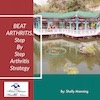 The Arthritis Strategy
The Arthritis Strategy The Vertigo & Dizziness Program
The Vertigo & Dizziness Program The 3-Step Diabetes Strategy
The 3-Step Diabetes Strategy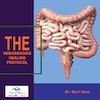 Hemorrhoids Healing Protocol
Hemorrhoids Healing Protocol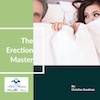 The Erectile Dysfunction Master
The Erectile Dysfunction Master Weight Loss Breeze
Weight Loss Breeze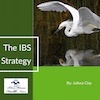 The IBS Program
The IBS Program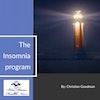 The Insomnia Program
The Insomnia Program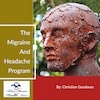 The Migraine and Headache Program
The Migraine and Headache Program The Neck Pain Solution
The Neck Pain Solution The Menopause Solution
The Menopause Solution The Ejaculation Master
The Ejaculation Master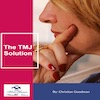 The TMJ Solution
The TMJ Solution The Acid Reflux Solution
The Acid Reflux Solution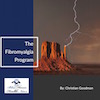 The Fibromyalgia Solution
The Fibromyalgia Solution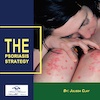 The Psoriasis Strategy
The Psoriasis Strategy